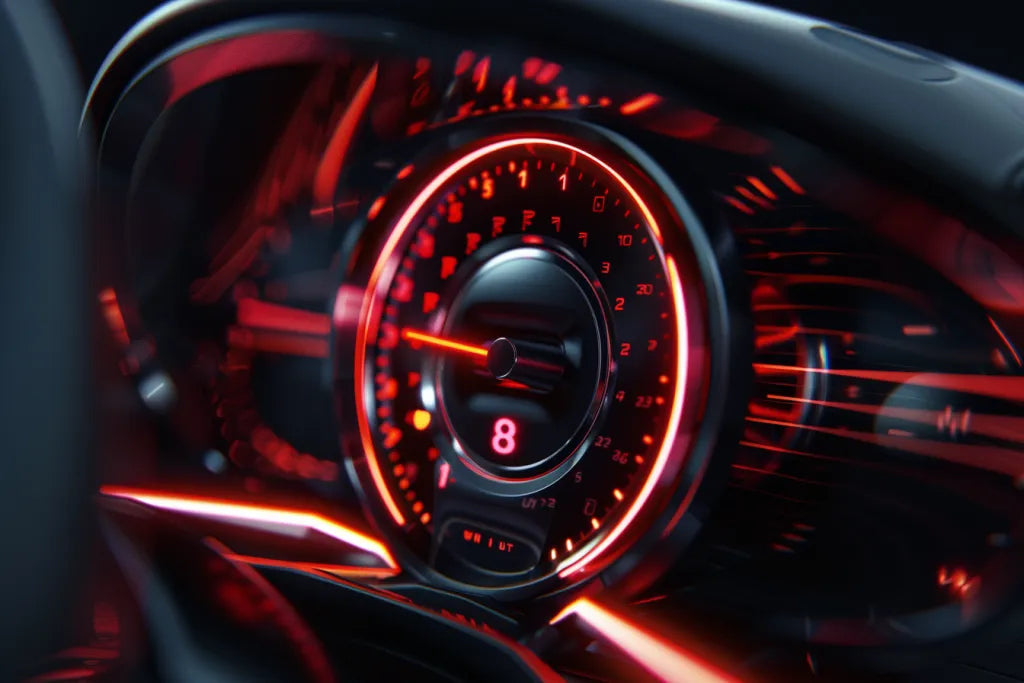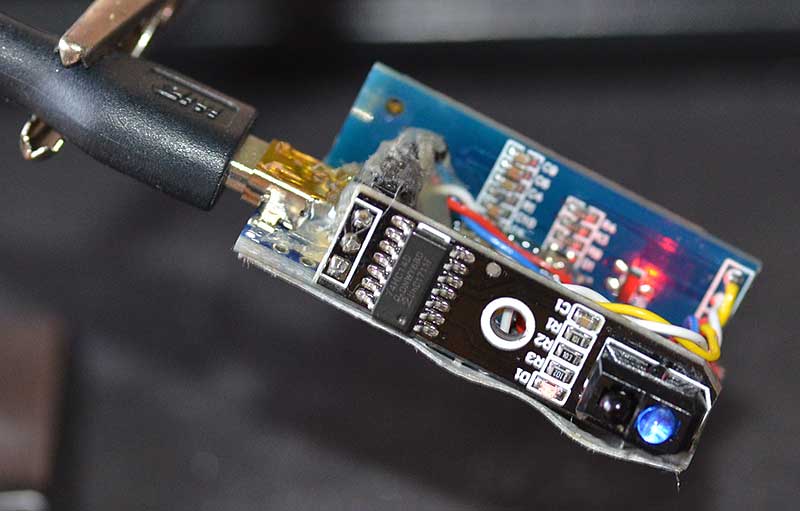
What is a Tachometer in a Plane and Why is it Essential?
Share
The tachometer is an essential instrument in aviation that measures the rotational speed of the aircraft's engine, often expressed in revolutions per minute (RPM). Understanding what is a tachometer in a plane is vital for both pilots and those involved in aircraft maintenance. This article delves into the function, importance, and various types of tachometers used in aviation.
For tech professionals and aviation enthusiasts, the tachometer represents not just a measurement tool, but a crucial component that supports safe and effective flight operations. It provides real-time data to pilots, enabling them to monitor engine performance and make informed decisions during flight.

Understanding the Basics of Tachometers
A tachometer records the rotational speed of the engine and translates this into a readable format. A typical aircraft tachometer has a dial that indicates RPM, helping pilots gauge the engines operational status. If the RPM exceeds safe levels, it can lead to engine damage, making it essential for pilots to keep a close eye on this instrument.
In low and slow flying conditions, especially during takeoff and landing phases, monitoring engine RPM becomes critically important. This ensures the engine operates within optimal parameters to avoid any potential failures.
Types of Tachometers in Aviation
There are primarily two kinds of tachometers used in aviation:
- Mechanical Tachometers: These operate using a flexible drive cable connected to the engine. The rotation of the engine turns the cable, which in turn moves the needle on the dial, indicating RPM.
- Electronic Tachometers: These use sensors to measure the engine speed and then convert that data into an electronic signal, which is displayed digitally or on an analog dial. Electronic systems are often more accurate and can provide more sophisticated engine data.
The Role of Tachometers in Flight Safety
The tachometer plays a pivotal role in achieving flight safety. Monitoring fuel efficiency, reducing wear on engine components, and ensuring optimal performance in various flight conditions are just a few of the reasons for utilizing this crucial instrument.
Moreover, in the case of piston engines, the tachometer assists in determining the best power settings for various phases of flight, which can enhance total fuel efficiency and prolong engine life.
The Link Between Tachometers and Engine Performance
Understanding what is a tachometer in a plane goes beyond merely reading the dials. It also involves comprehension of how this instrument connects to the overall engine performance.
RPM values can indicate a variety of performance metrics, such as whether an engine is under stress or running too cold or too hot. Pilots must interpret these metrics in conjunction with other engine instrumentsincluding oil pressure and temperature gaugesto assess the engine's health accurately.
For a practical guide on tachometer setup, check out this resource on hooking up a tachometer.
Challenges with Tachometer Readings
Issues like inaccurate readings or mechanical failure can create problems, making it crucial that pilots know how to read and troubleshoot their tachometers properly. Software upgrades and careful calibration are vital for electronic tachometers to ensure optimal performance.
For detailed insights on testing a tachometer, refer to this article on testing your tachometer.
Tachometer Maintenance and Troubleshooting
Proper maintenance of tachometers is necessary to ensure continuous and accurate performance. Regular checks for wear and tear, recalibrating when necessary, and ensuring all electrical connections are secure are vital steps.
This is particularly essential for electronic tachometers, as any electronic interference might distort readings. A reliable source for understanding how to wire a tachometer is available at wiring tachometers.
FAQs
-
Q: Why is a tachometer essential in a plane?
A: A tachometer is essential as it measures engine RPM, helping pilots avoid overloading the engine and ensuring safe flight operations. -
Q: What is the difference between mechanical and electronic tachometers?
A: Mechanical tachometers use a cable connected to the engine for readings, whereas electronic tachometers use sensors for more accurate data. -
Q: How often should I calibrate my aircraft's tachometer?
A: It is advisable to calibrate the tachometer as part of regular aircraft maintenance, or if you notice inaccuracies in readings.
For more information on how tachometers function in various settings, refer to this comprehensive overview on tachometers.

Conclusion
In conclusion, understanding what is a tachometer in a plane and its importance cannot be overstated. It is not merely an instrument; it is a vital component that contributes significantly to the safety and efficiency of flight operations. As technology continues to evolve, the updates made to tachometer functionality will further enhance pilot capabilities and aircraft performance.
For those interested in further enhancing their understanding of tachometers, consider reading about tachometer functions in various applications. Exceeding industry standards will not only keep flights safe but will also ensure that pilots are well-equipped with the knowledge required to operate sophisticated aircraft efficiently.
